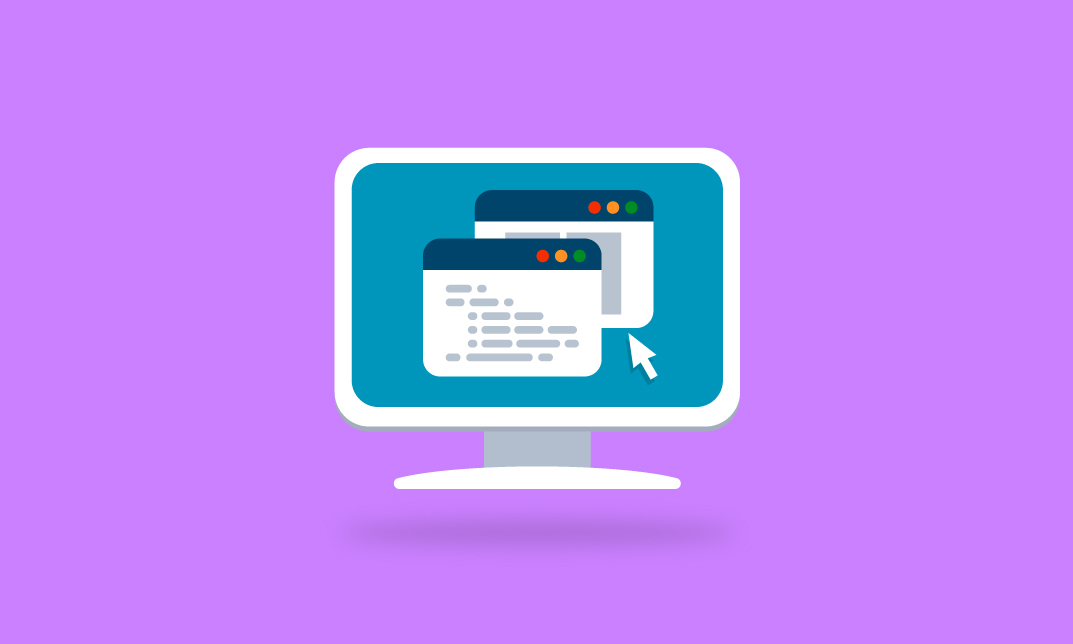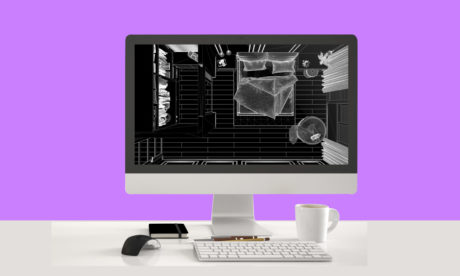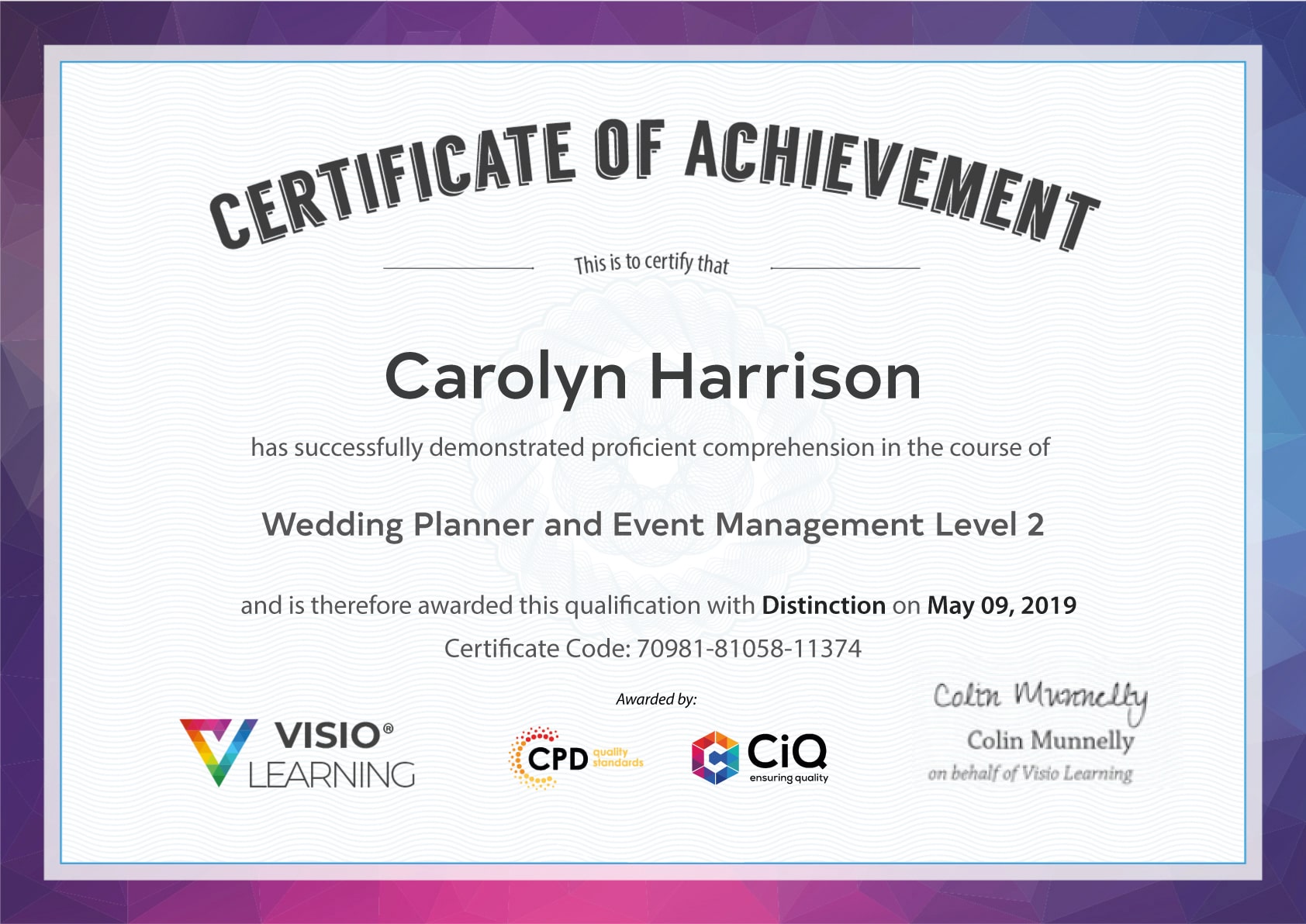Course Curriculum
| Computer Fundamentals | |||
| Basic Terms | 00:15:00 | ||
| Types of Computers | 00:15:00 | ||
| Anatomy of a PC | 00:30:00 | ||
| How a PC Works | 00:15:00 | ||
| CPU and Memory | 00:30:00 | ||
| Input Devices | 00:15:00 | ||
| Output Devices | 00:15:00 | ||
| Secondary Storage Devices | 00:30:00 | ||
| The Basics | 00:15:00 | ||
| Operating Systems and Applications | 00:30:00 | ||
| How is Software Built | 00:15:00 | ||
| Types of Software | 00:15:00 | ||
| Legal Issues | 00:15:00 | ||
| COMPUTER PROGRAMMING 101 | |||
| COMPUTER PROGRAMMING 101 | 01:00:00 | ||
| WHAT IS COMPUTER PROGRAMMING AND WHY SHOULD I CARE? | 00:30:00 | ||
| What a Programmer Does | 01:00:00 | ||
| COMPUTER PROGRAMMING AT A GLANCE | |||
| COMPUTER PROGRAMMING AT A GLANCE | 01:00:00 | ||
| UNDERSTANDING THE LANGUAGE OF THE COMPUTER | 00:30:00 | ||
| Choosing a Language | 00:30:00 | ||
| BASIC PROGRAMMING LANGUAGE | |||
| BASIC Programming Language | 01:00:00 | ||
| Getting Started with BASIC Programming Language | 01:00:00 | ||
| BASIC Overview of BASIC Components | 01:00:00 | ||
| BASIC Special Variables | 01:00:00 | ||
| BASIC Probability Functions | 01:00:00 | ||
| Filtering the Data Set or Splitting the Data Set | 01:00:00 | ||
| DATA Blocks | 01:00:00 | ||
| DELETE Statement | 01:00:00 | ||
| FOR…NEXT Statement | 01:00:00 | ||
| IF. . . THEN Statement | 01:00:00 | ||
| JOB STATISTICS AT A GLANCE | |||
| Computer Programming | 01:00:00 | ||
| Employment Outlook | 00:15:00 | ||
| How to Find A Great Job After Graduation | 01:00:00 | ||
| Additional Supporting Material | |||
| Fundamentals of Computer-Programming with C+ | 00:00:00 | ||
Course Reviews
[elementor-template id='289348']










